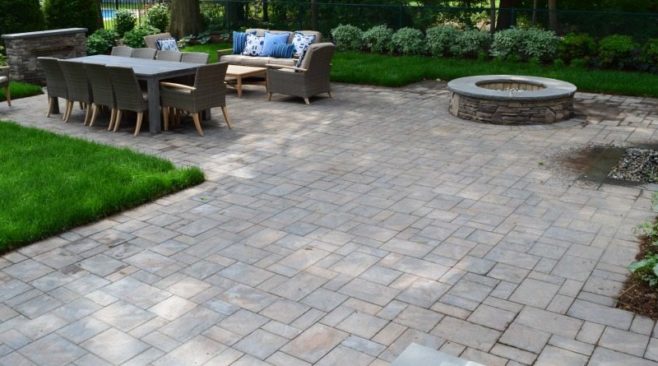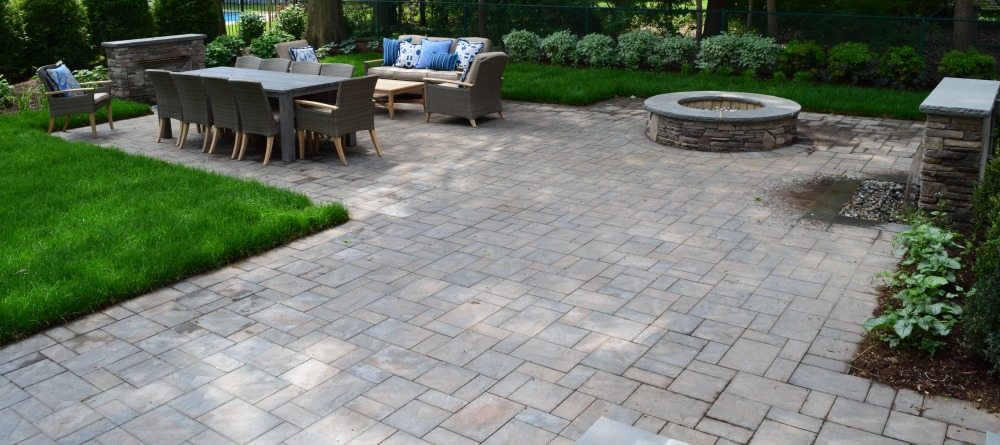Here at Braen Supply, we love great information that adds value to our client’s hardscaping experience in NJ. A major step that sometimes goes unnoticed during the paver installation process is the compaction stage. In order to have a successful and long lasting end result, it’s important to make proper compaction a priority. Alliance offers a great blog post about the importance of compaction during the paver installation process and discusses the problems that could arise if ignored.
The following post is an article from Alliance. The writer that wrote the article below is not affiliated with Braen Supply in any way.
Ahhhh, compaction. The process in hardscaping that’s about as much fun as watching paint dry. And while it’s easy to want to rush through this monotonous work, improper compaction can lead to a variety of problems down the road. Safety hazards. Settling. Joint failure. The list goes on. In this blog post, we’re going to discuss how failing to properly compact will … in layman’s terms … completely screw up your project!
Since an interlocking pavement system is flexible, the pavers that make up the finished surface will eventually mold and mimic any settling or shifts in the soil or base. So if they’re installed on top of an improperly compacted sub-base or base material, it’s safe to assume they will not stand the test of time. Add in variables such as weather or vehicular traffic and the issue of pavers settling and moving has just gotten much worse. The resulting compression and shifting of the pavers will quickly lead to problems … many of which are quite costly to repair.
Displacement by Freeze/Thaw
Freeze/thaw cycles can wreak havoc on a paver installation that was improperly compacted. Each void within the sub-base serves as a place for water to potentially settle. When this water freezes it will expand and cause the pavers to heave; when it thaws, the pavers will settle (but likely not evenly), eventually creating an uneven surface.
Compression by Vehicular Traffic
Driveway pavers that sit on top of poorly compacted areas will shift and compress over time. The weight of a vehicle will depress pavers into the weak spots, resulting in unattractive (and potentially dangerous) ruts and grooves on the surface.
Joint Failure
Another nasty side effect of bad compaction is joint failure. While polymeric sand is designed to be self-healing and flexible, it will not perform as intended if it’s installed on an improperly compacted job. Radical shifting and movement of the pavers will eventually cause paver joints to crack and fail over time.
Compaction. It’s a necessary evil and a job that should not be taken lightly. Do it right the first time and avoid call-backs and costly repairs after-the-fact.



